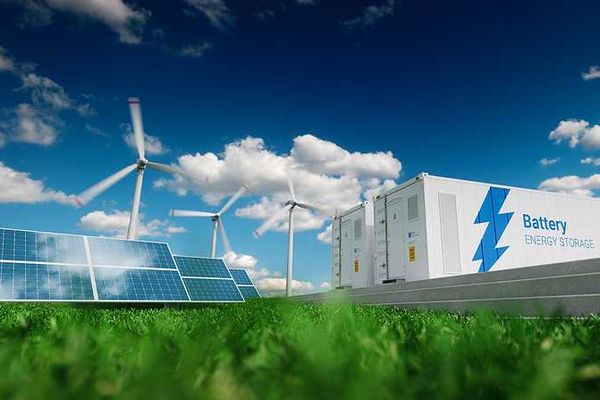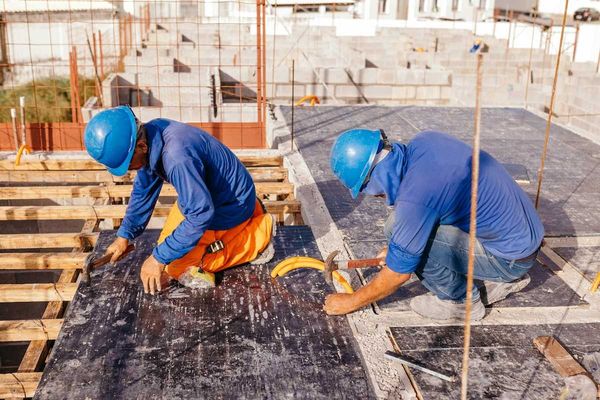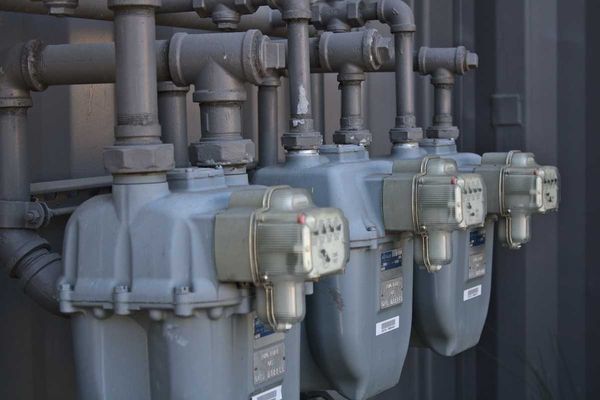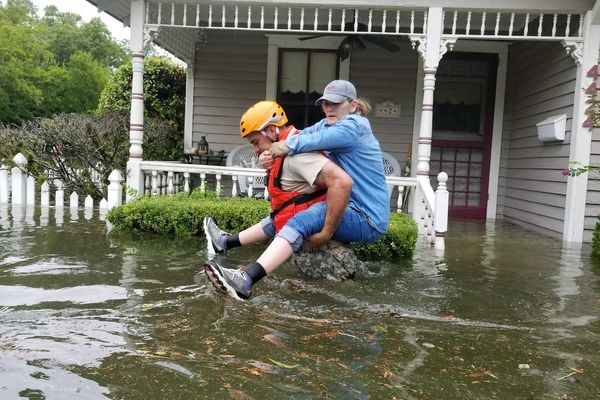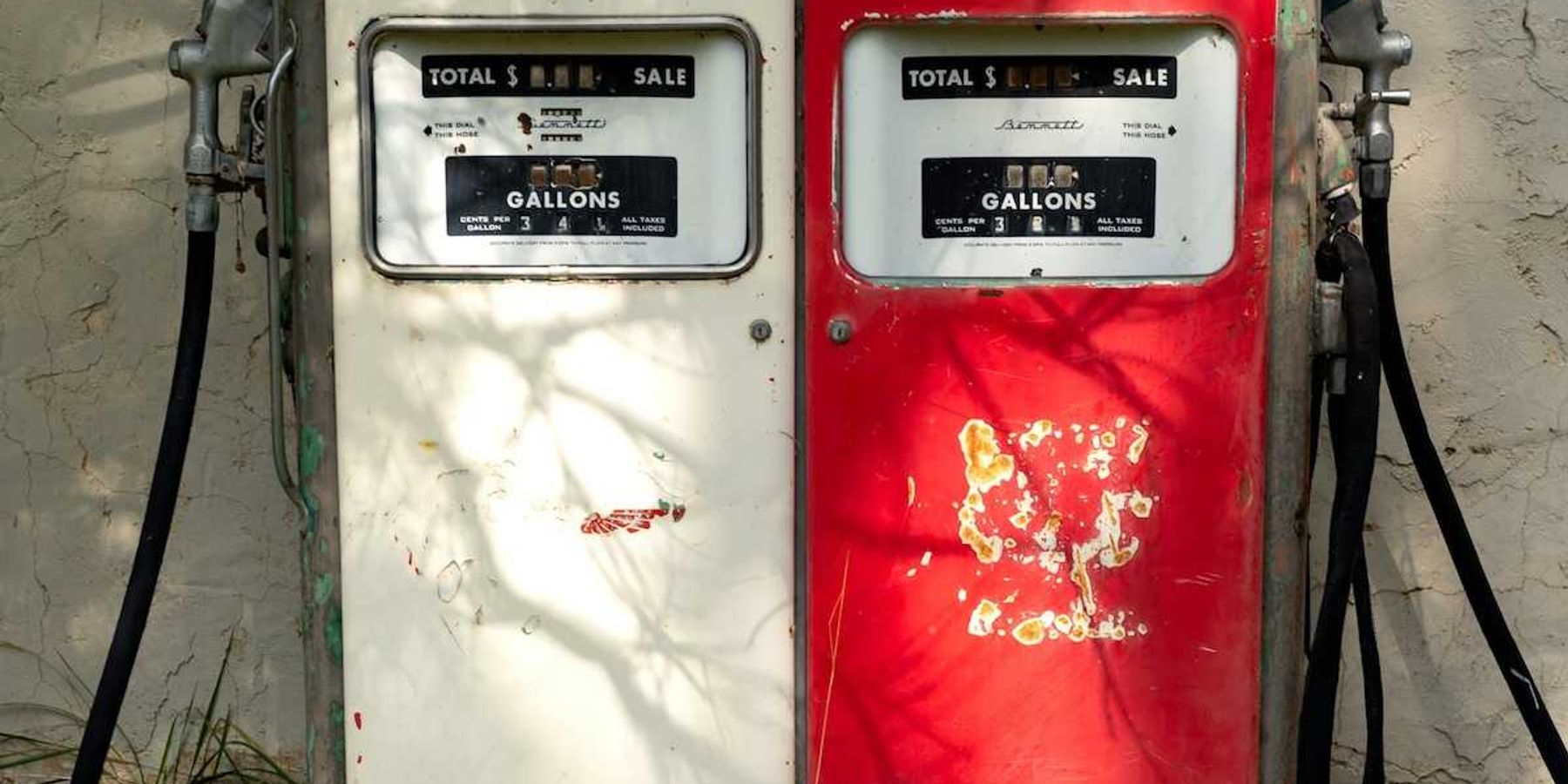environmental justice
Newsletter
Credit: Malp/Big Stock Photo
Trump dismantles programs designed to cut electricity demand
Federal energy efficiency programs that once enjoyed bipartisan support are disappearing as data centers ramp up power consumption.
Opinion
Photo credit: Marina Silva https://www.flickr.com/photos/marina-silva/ Creative commons: https://creativecommons.org/licenses/by/2.0/
Opinion: ‘The dinosaurs didn’t know what was coming, but we do’: Marina Silva on what needs to follow Cop30
Exclusive: Brazil’s environment minister talks about climate inaction and the course we have to plot to save ourselves and the planet.
Credit: JSB Co.For Unsplash+
New analysis provides more evidence that heat standards save lives
As the Trump administration is expected to finalize a standard to prevent heat-related injury and illness for workers by early next year, a new study shows that clear, comprehensive rules save lives.
Credit: Photo by Doris Morgan on Unsplash
Colorado mandates ambitious emissions cuts for its gas utilities
Resisting industry pressure, regulators ordered a 41% emissions reduction by 2035 — a move that supports Colorado’s climate goals and could guide other states.
Photo credit: Texas National Guard; https://www.flickr.com/photos/thenationalguard/ (Photo by 1Lt. Zachary West, 100th MPAD) Creative commons https://creativecommons.org/licenses/by/2.0/
Kerr County was among dozens of Texas communities to turn down state flood money, saying it wasn’t enough
Texas earmarked $1.4 billion to help fund flood prevention projects. But after learning that so many communities turned down the money, two lawmakers who approved the program acknowledged it was flawed.
Newsletter
Credit: Jason Hawke 🇨🇦For Unsplash+
WOTUS ‘wet season’ test would further shrink US regulatory reach
The Trump administration proposal offers an option for regulating only perennial waters, excluding a vast network of freshwater streams.
Newsletter
Credit: https://www.flickr.com/photos/186938113@N07/ UK COP26 Creative Commons: https://creativecommons.org/licenses/by-nc-nd/2.0/
Alberta energy deal was 'the last straw,' says Guilbeault after cabinet resignation
In his first interview since resigning from cabinet last week, former culture minister Steven Guilbeault says recent decisions by Prime Minister Mark Carney's government will make it impossible for Canada to meet its climate change targets.
ORIGINAL REPORTING
MOST POPULAR
CLIMATE





